In the early 20th century, the streets of New York’s immigrant neighborhoods were bustling, open-air department stores. On the Lower East Side, streets like Hester and Orchard were choked with wooden pushcarts, their wheels jostling for space on the cobblestones. These carts were the lifeblood of the tenement districts, primarily run by recent Jewish and Italian immigrants who sold what their communities needed to survive.
A vendor’s cart was his entire business. One might be piled high with fresh vegetables and fruits, another loaded with glistening fish on a bed of ice. Pickle vendors plunged their hands into brine-filled barrels to retrieve their goods, while others sold seltzer water by the glass, bread, or cheap housewares. The air was thick with a dozen languages, the shouts of vendors advertising their prices, and the smells of everything from salted fish to fresh-baked goods. These pushcart markets operated from dawn until dusk, providing an essential service for families who lived in crowded apartments with no refrigeration.
The Rise of the Food Cart: 1930s-1960s
By the mid-20th century, the city’s street vending scene had changed. Mayor Fiorello La Guardia led a successful campaign in the late 1930s to move the crowded pushcart markets off the streets and into enclosed spaces like the Essex Street Market. While this cleared many streets, it did not end the practice of street selling. Instead, a new, more specialized type of vendor emerged.
Read more
This was the golden age of the New York food cart. The iconic hot dog stand, with its blue and yellow Sabrett umbrella, became a fixture in Midtown, Central Park, and outside museums. These vendors sold a simple, reliable menu: a hot dog with mustard and sauerkraut, and a cold soda. Alongside them, other vendors specialized in their own specific wares. Men with charcoal-fired carts sold roasted chestnuts in the winter, their sweet, smoky aroma drifting through the cold air. Others sold soft, salt-dusted pretzels from wooden pegs on their carts or scooped Italian ices into paper cups during the hot summer months.
Diversification and Hustle: 1970s-1980s
The later decades of the century saw another evolution in street vending, reflecting new waves of immigration and a changing city economy. The simple hot dog stand was joined by a wider variety of food carts. Greek immigrants introduced New Yorkers to gyros and souvlaki, cooking marinated meat on vertical spits attached to their carts. The smell of grilled lamb and tzatziki sauce became a new part of the city’s street-level atmosphere.
Beyond food, the 1970s and 80s saw a boom in merchandise vendors. In neighborhoods like SoHo and Greenwich Village, artists set up tables to sell their paintings and prints directly to the public. On Canal Street, a sprawling, unregulated market appeared where vendors laid out their goods on blankets and folding tables. Here you could buy sunglasses, scarves, electronics, and counterfeit designer handbags and watches. This era of street vending was defined by its diversity and its hustle, as vendors sold a wider array of goods than ever before to office workers, tourists, and locals across the five boroughs.



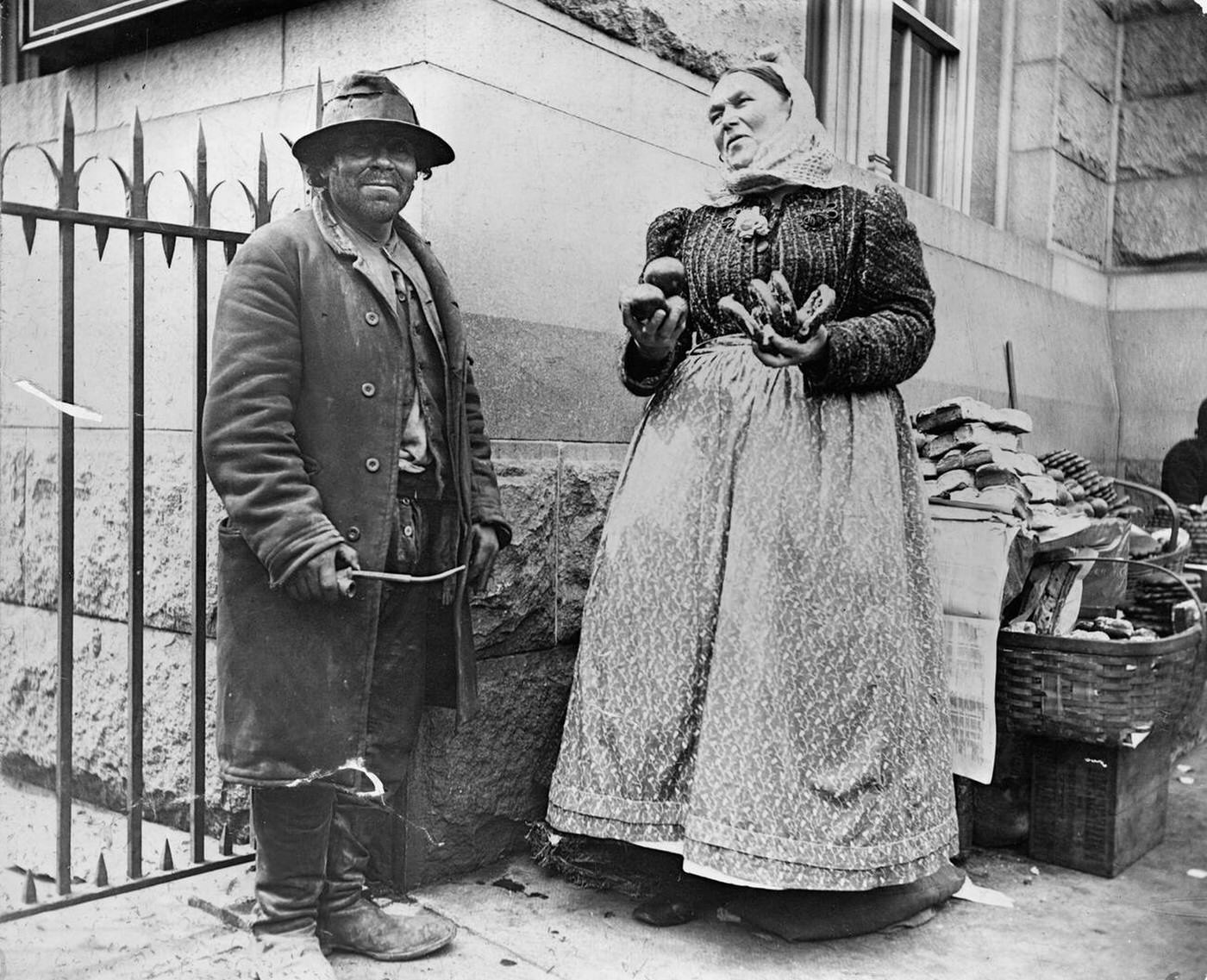
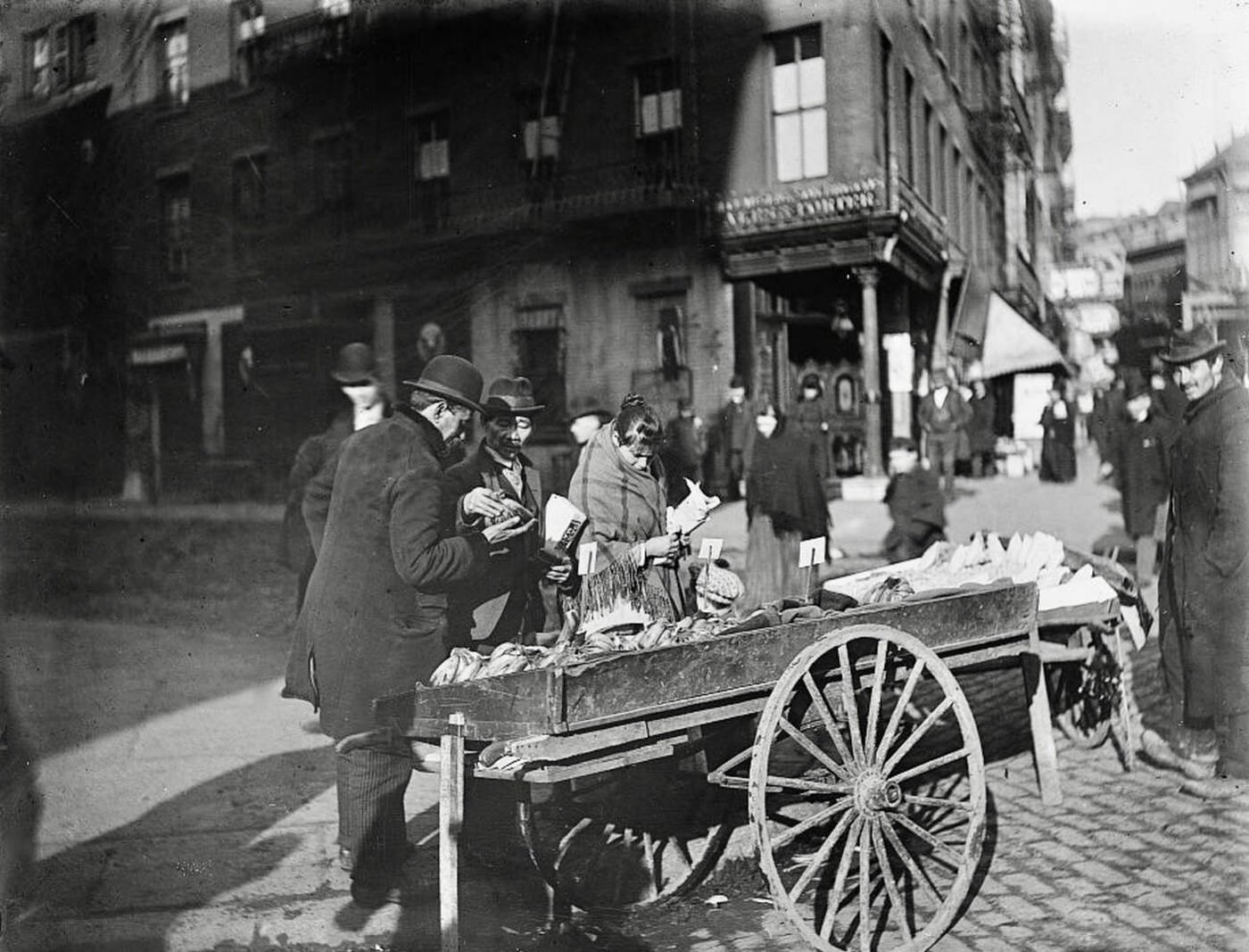
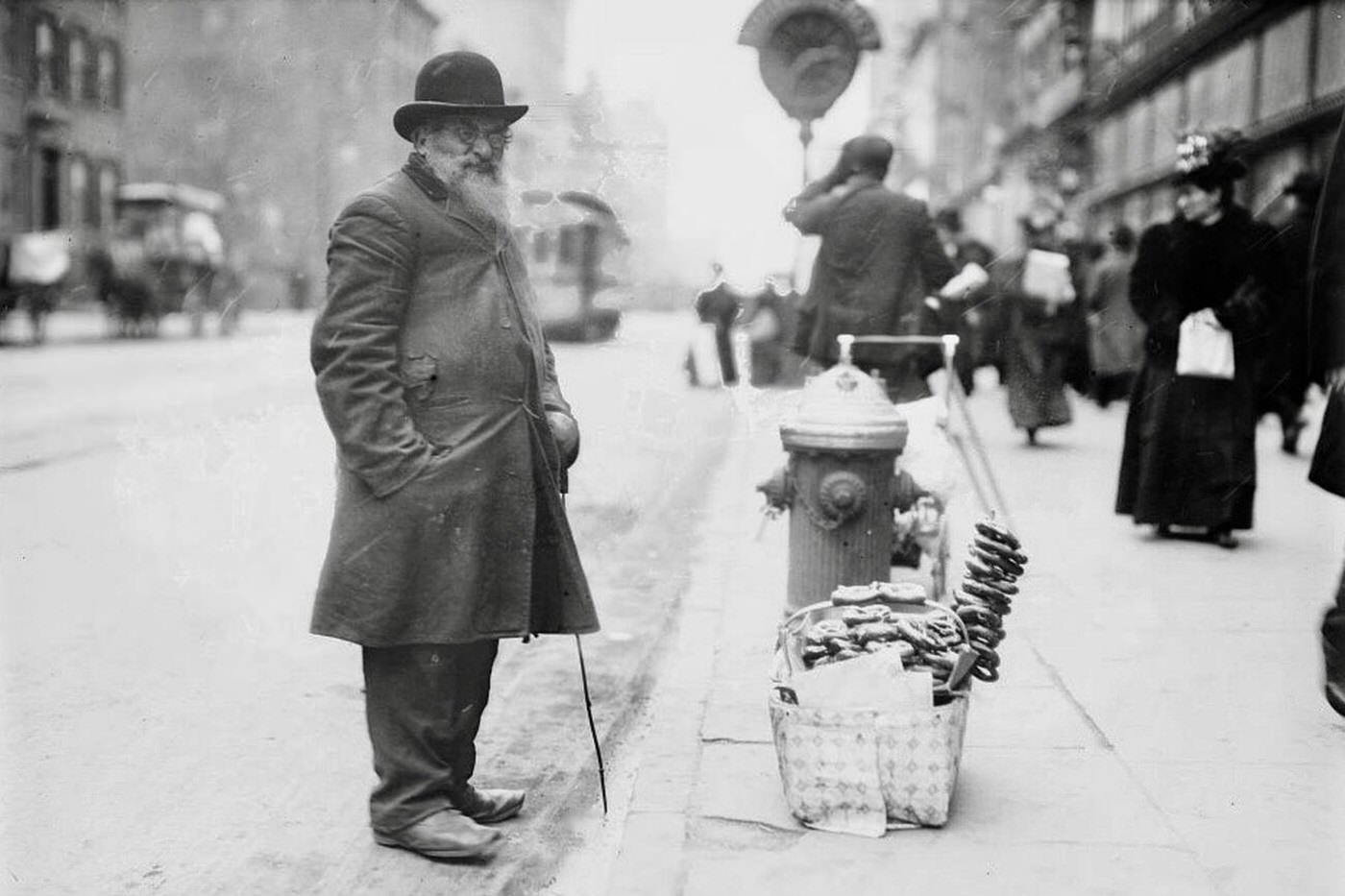
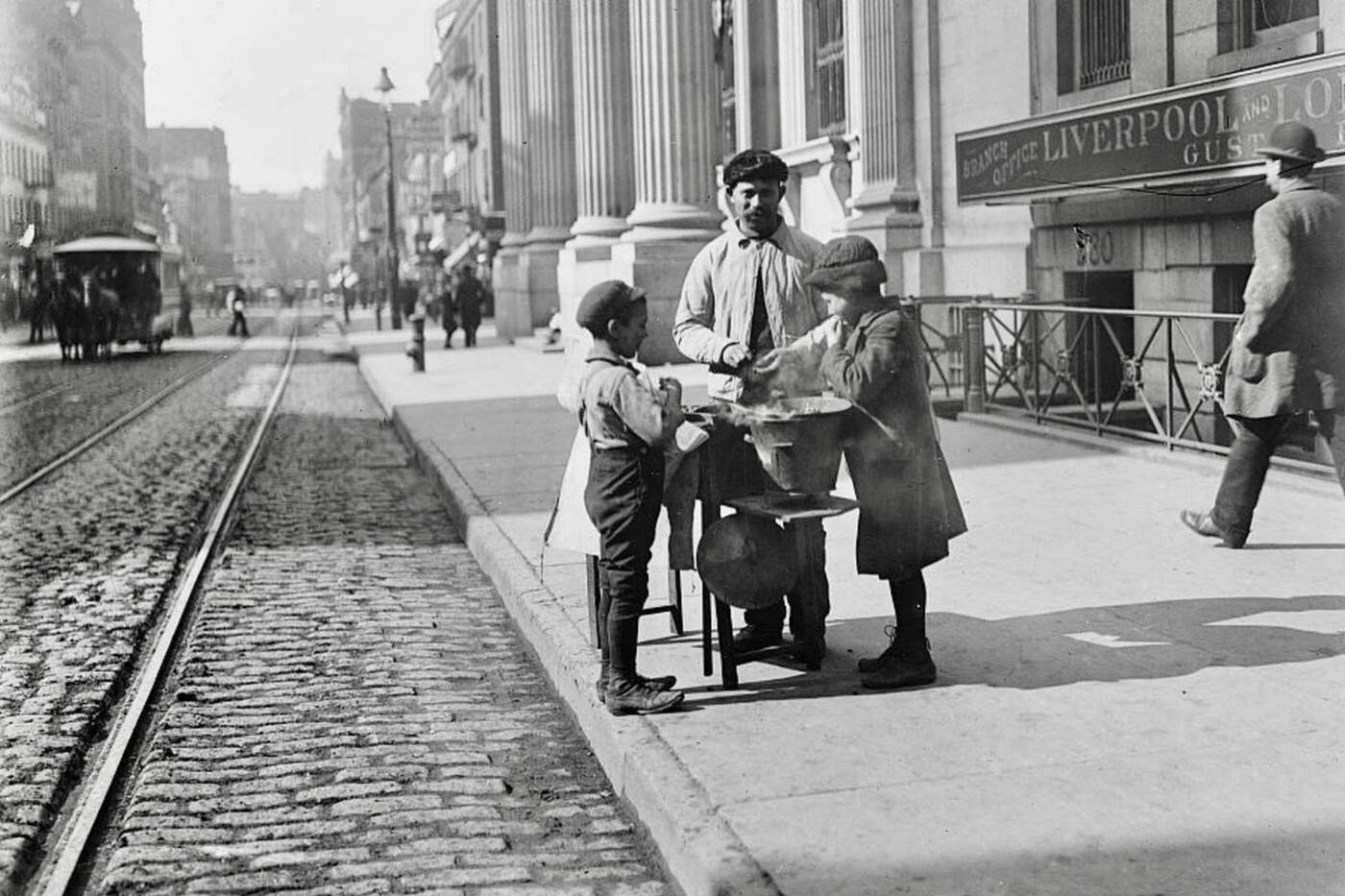
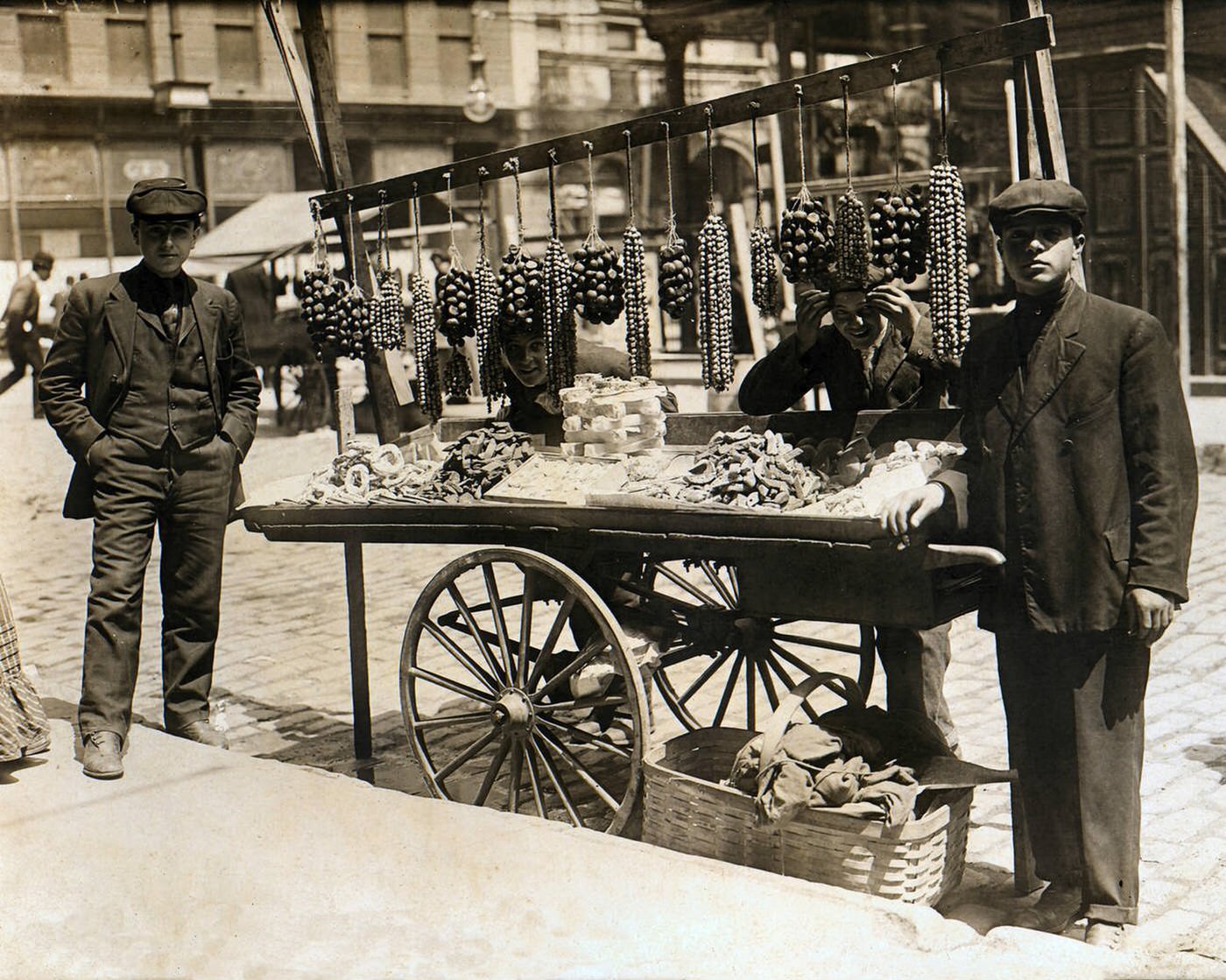
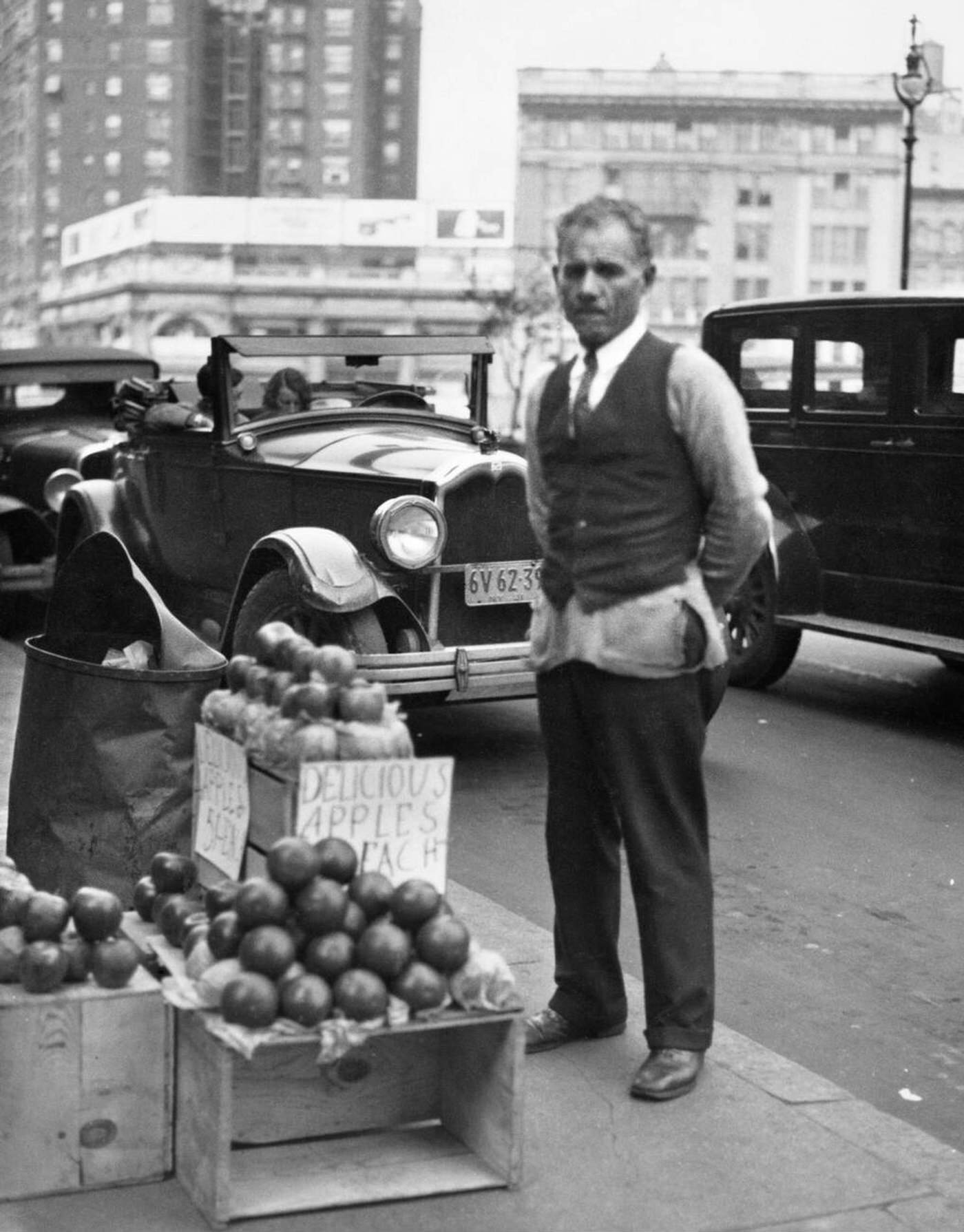
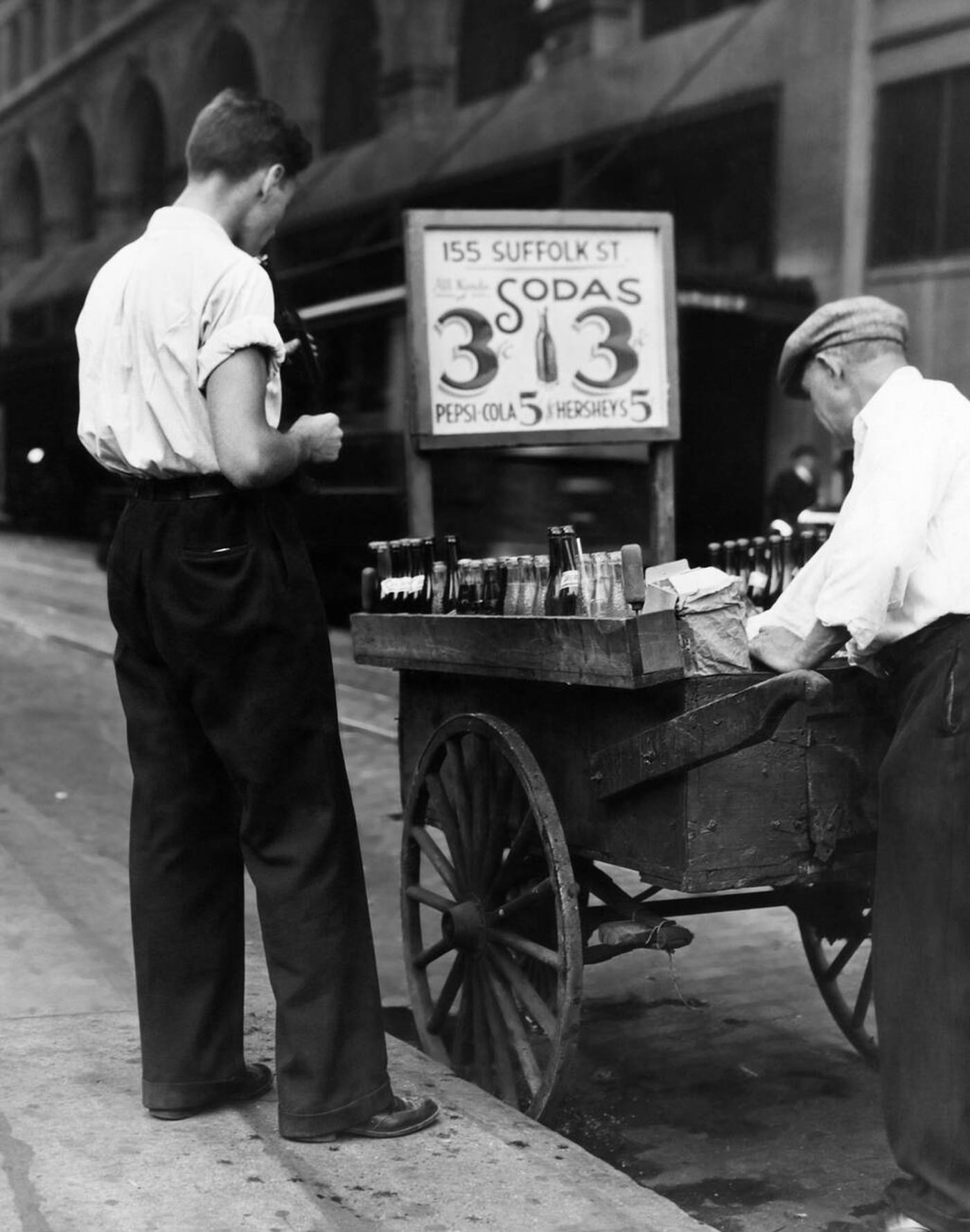
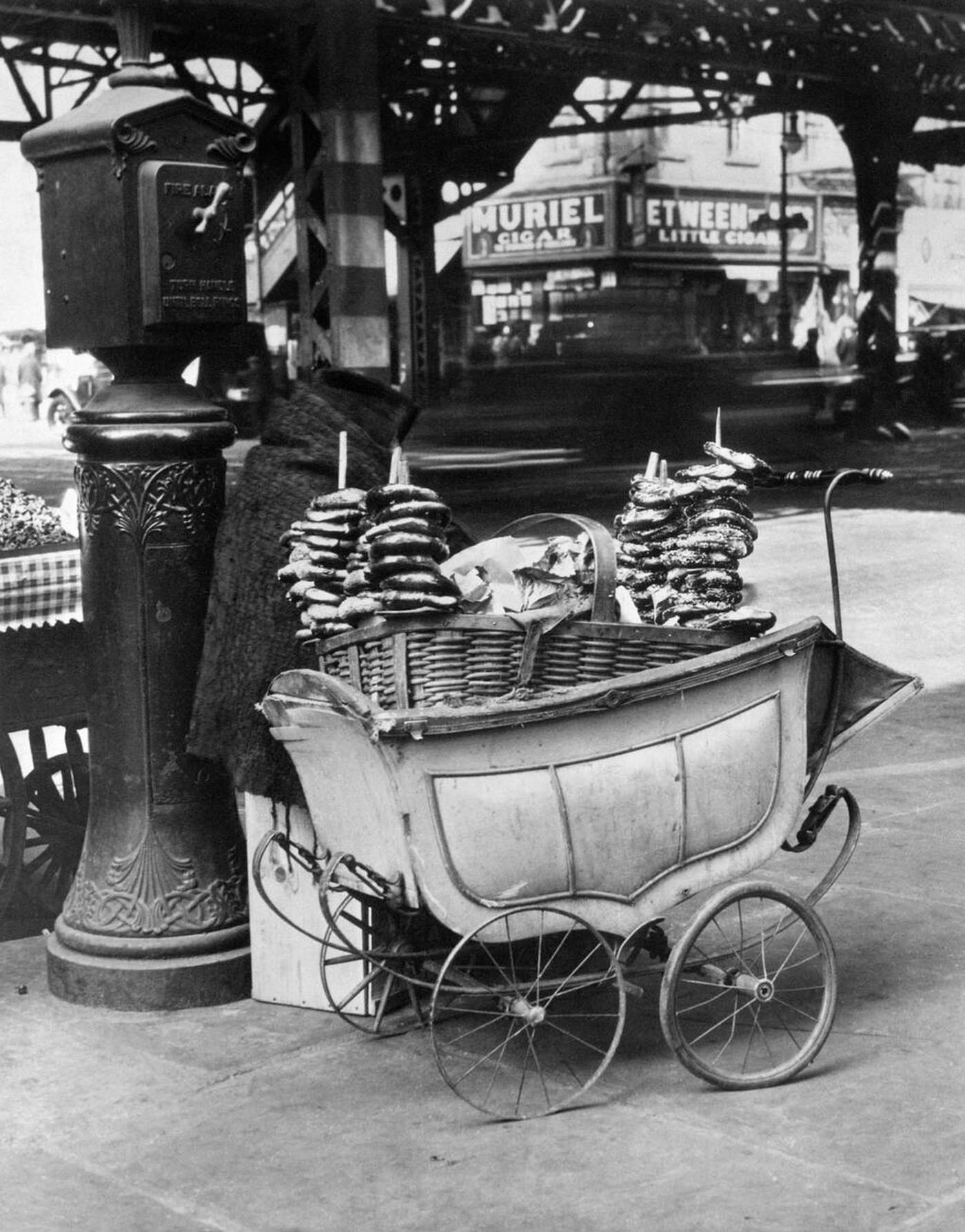
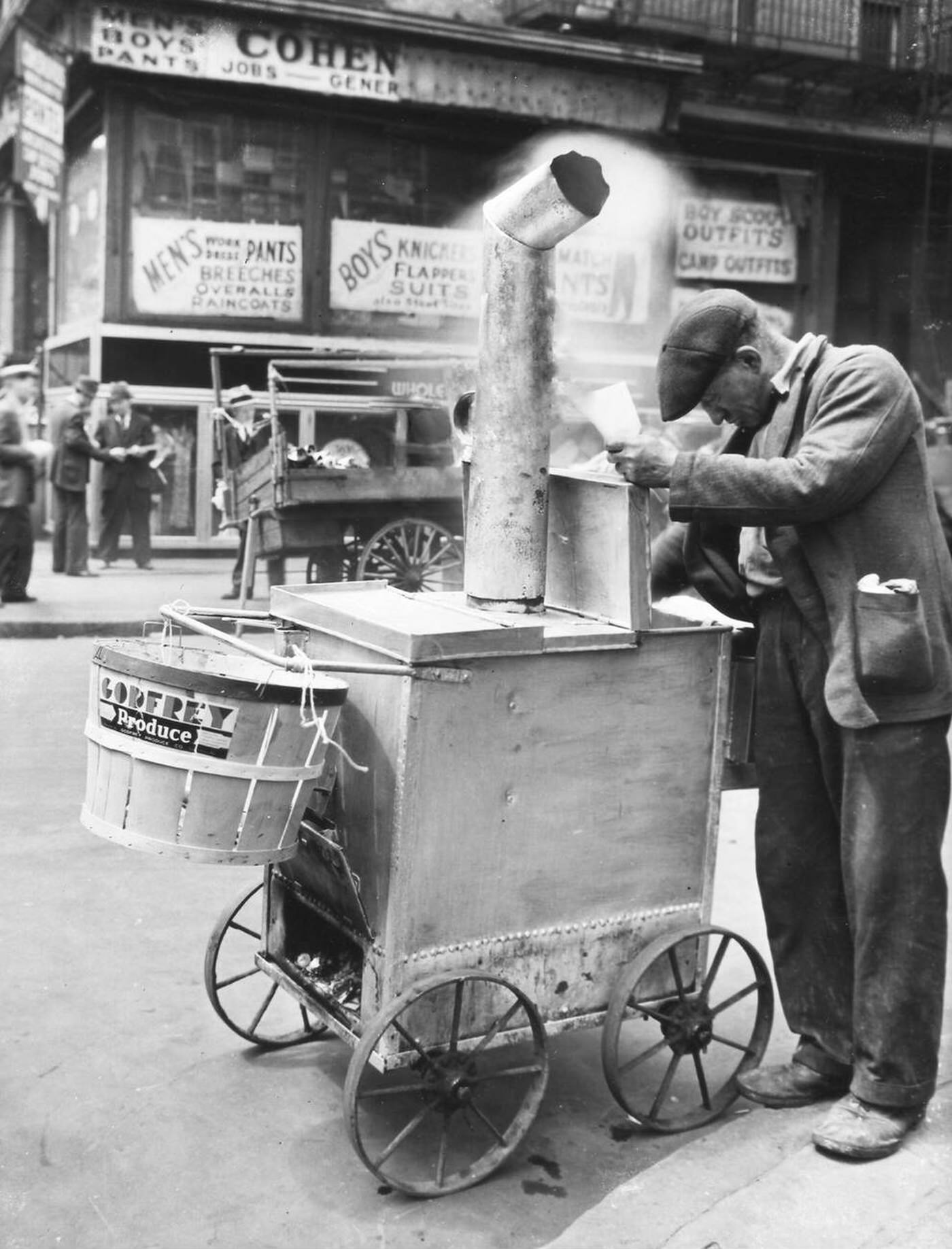
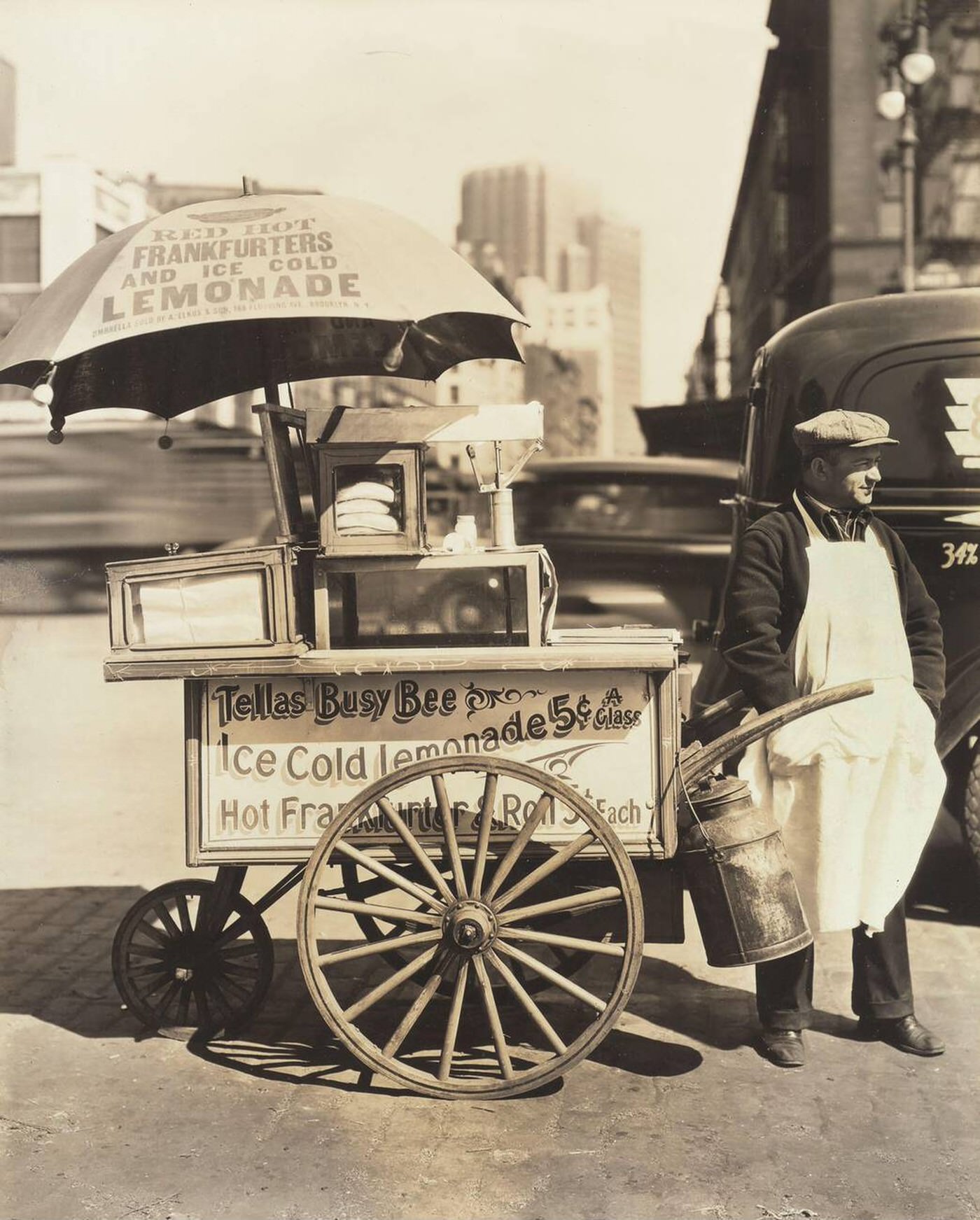
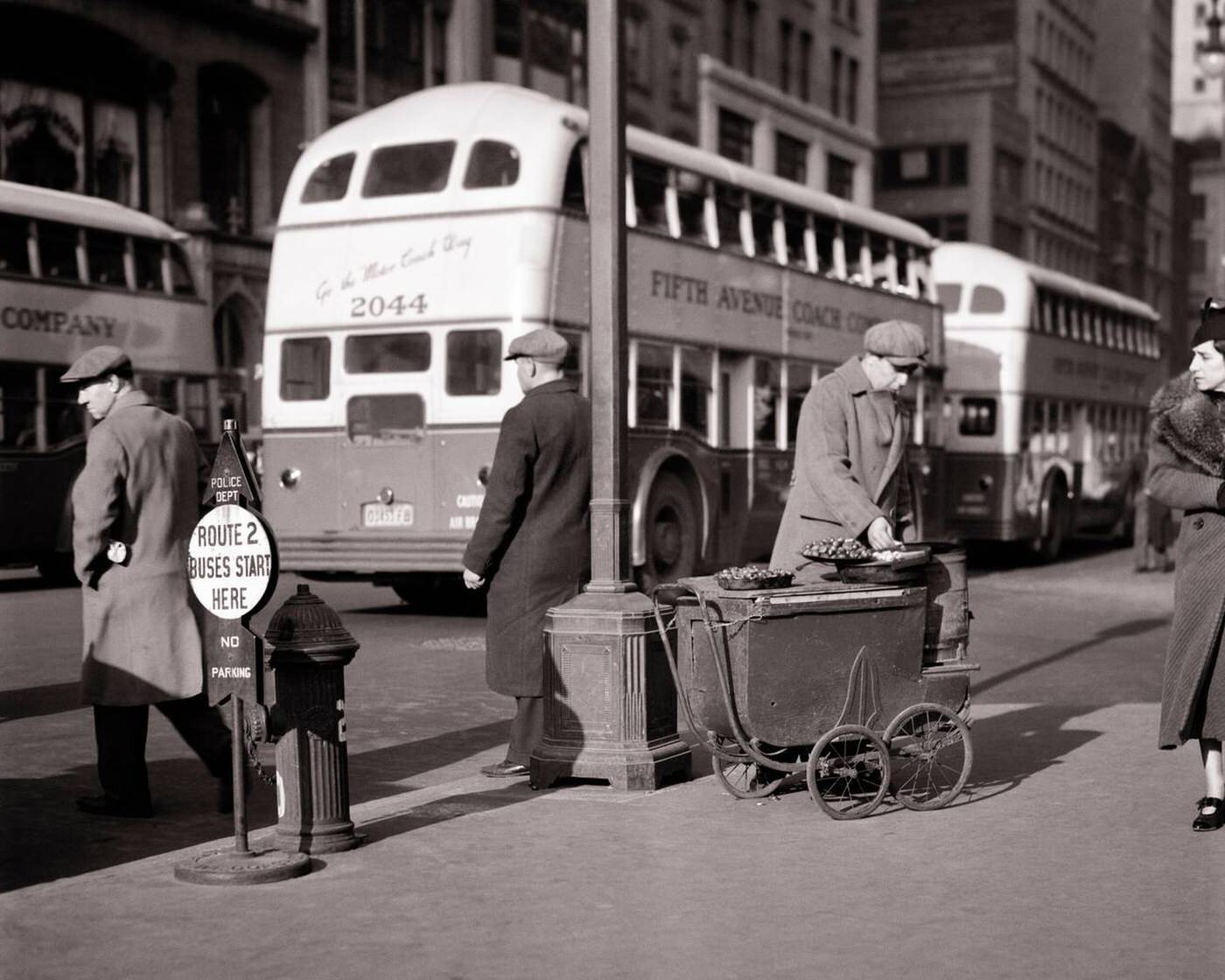
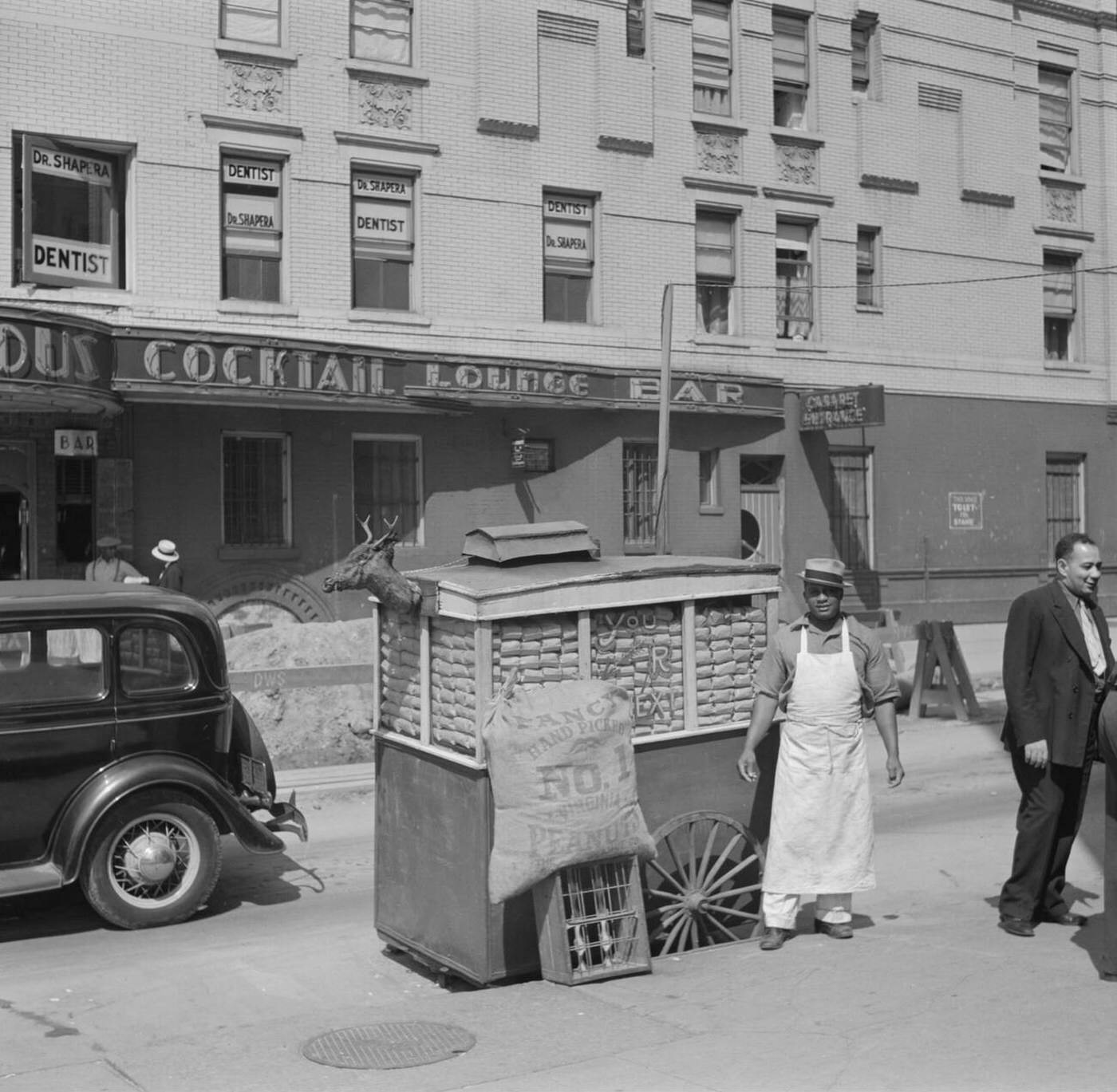
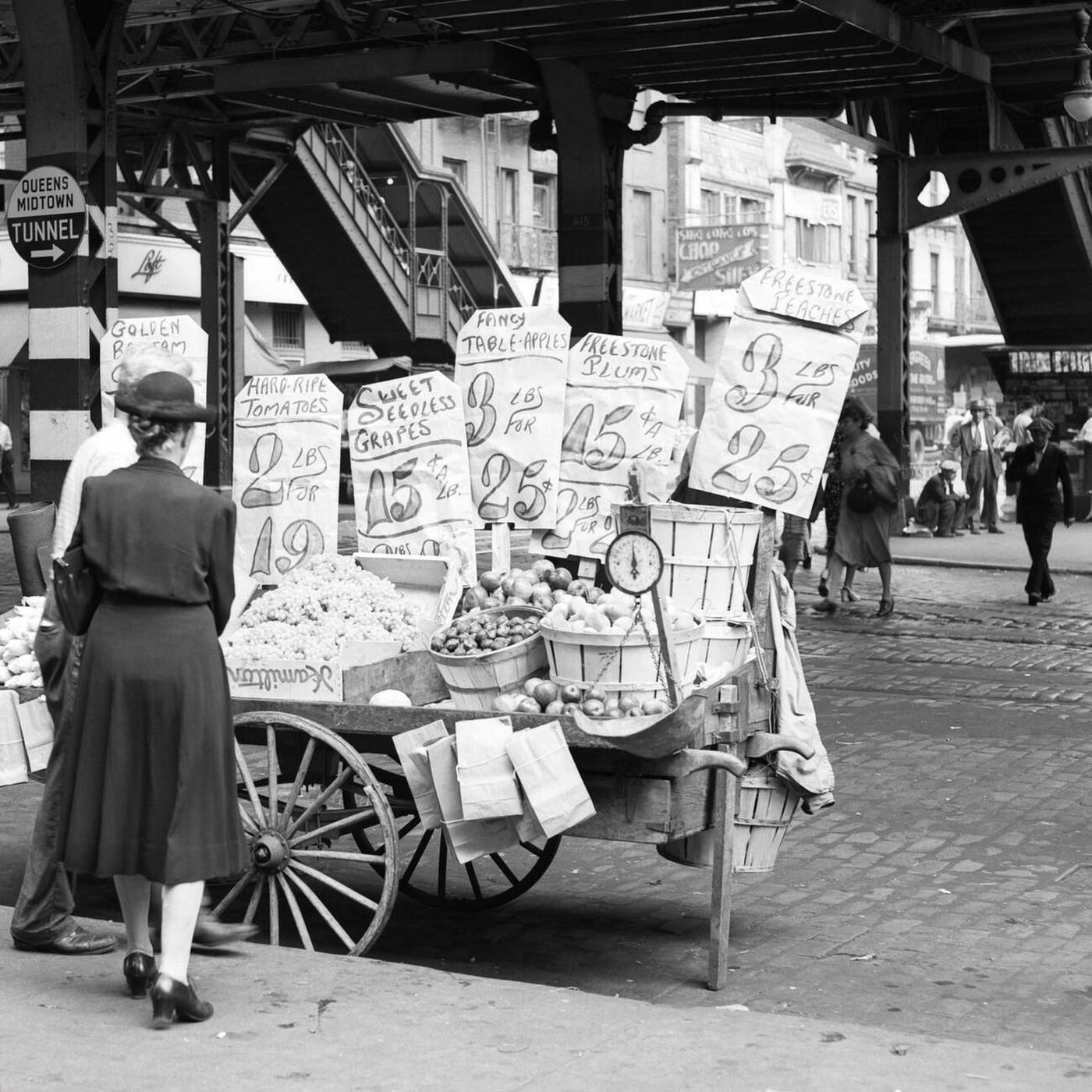

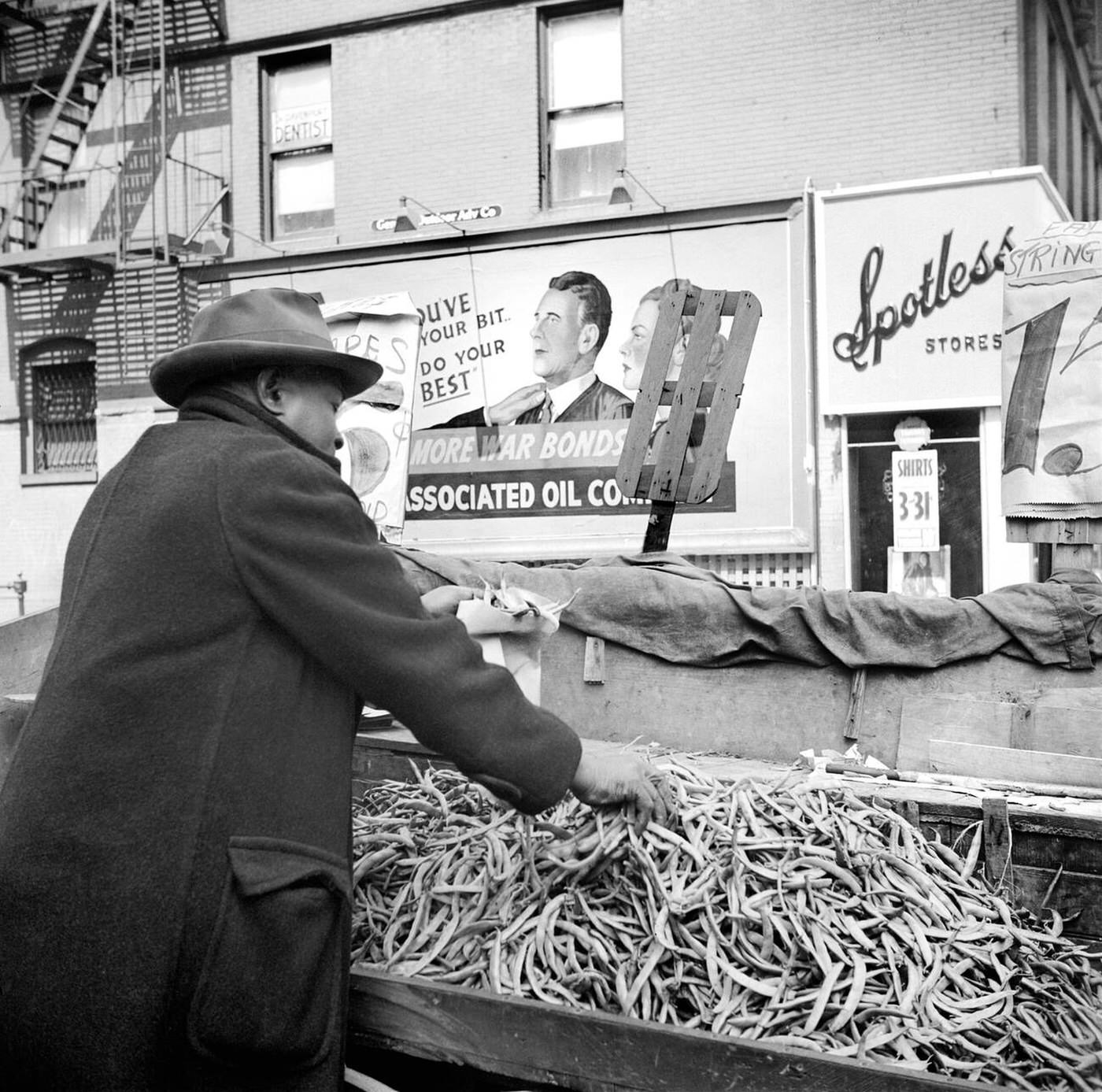
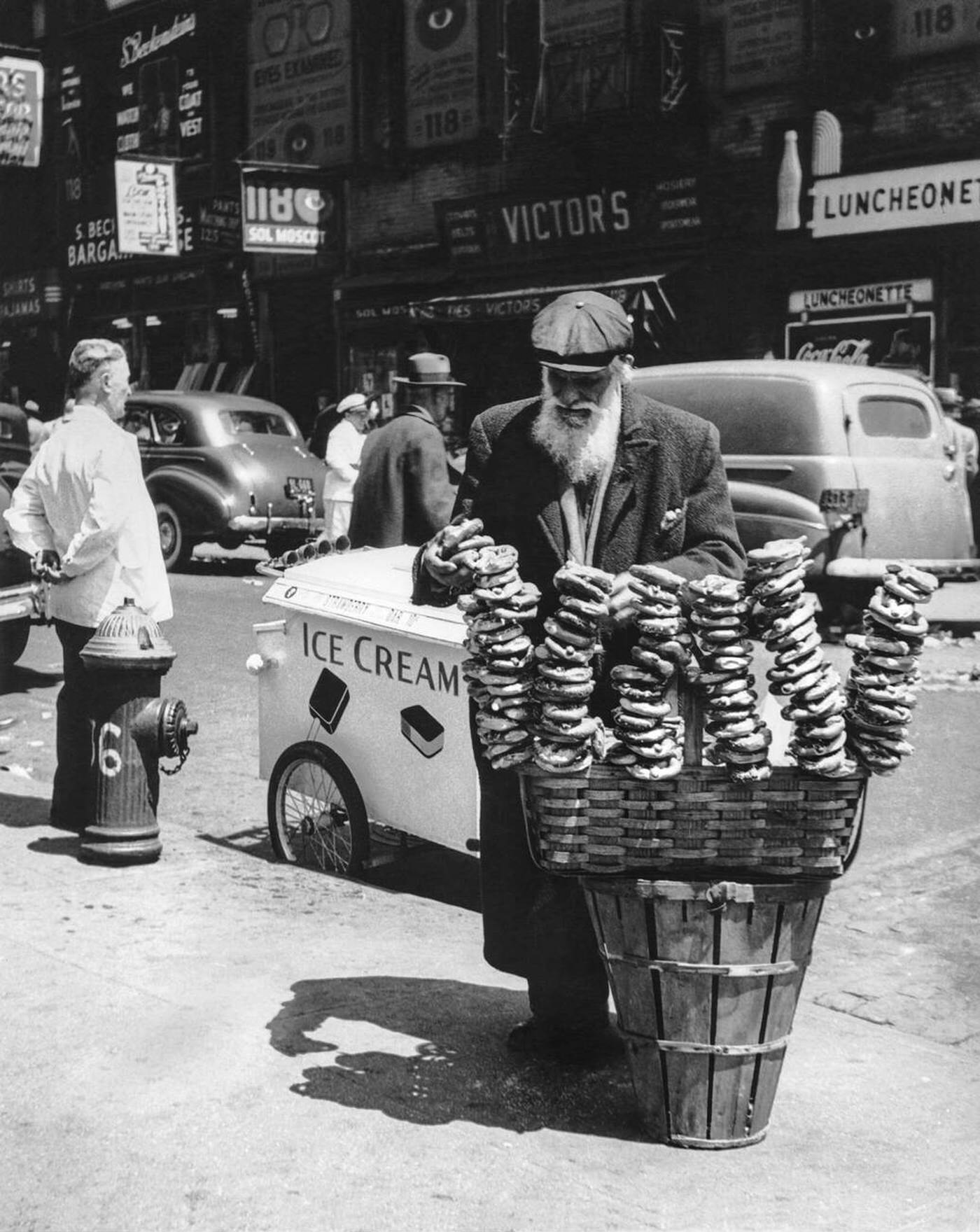
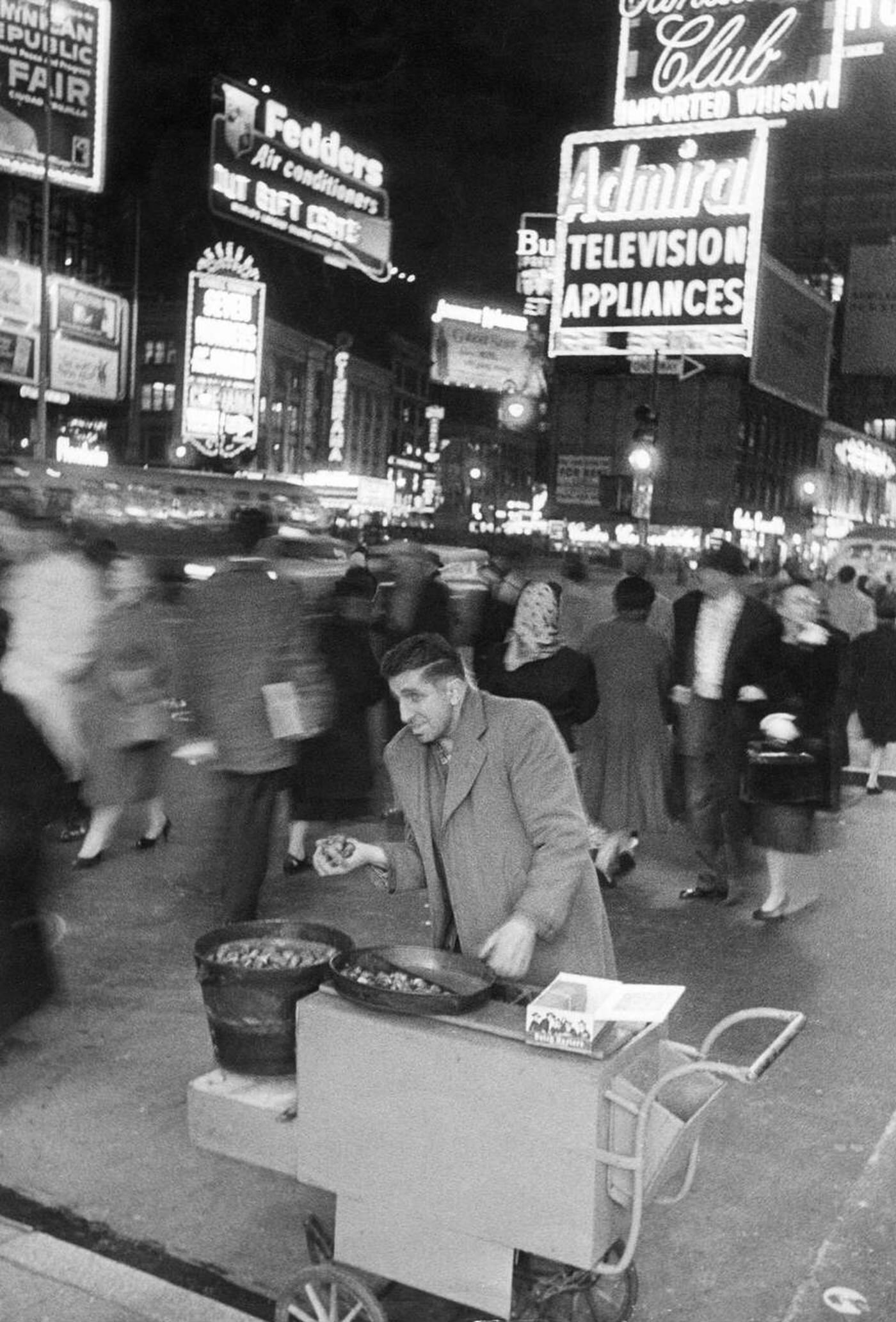
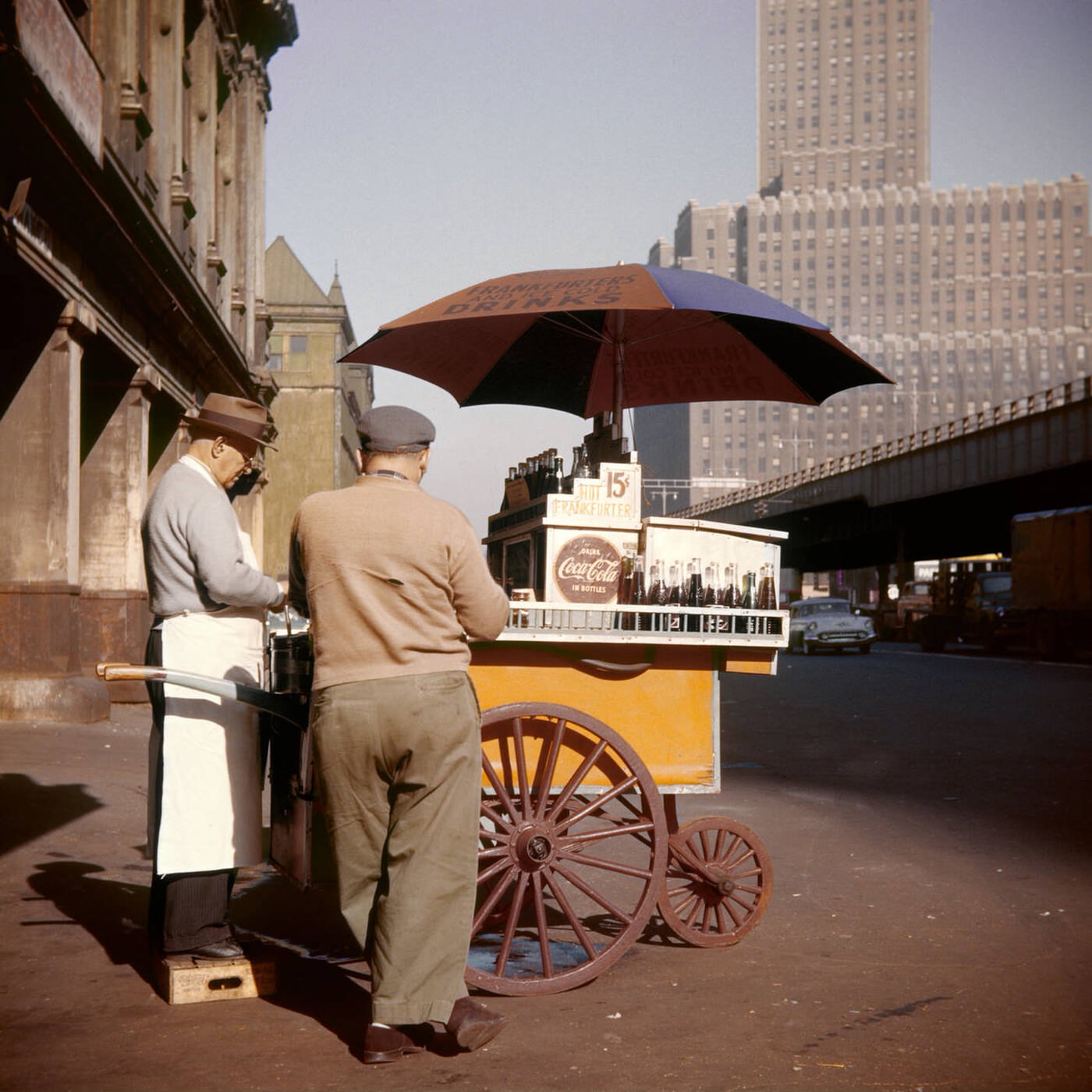
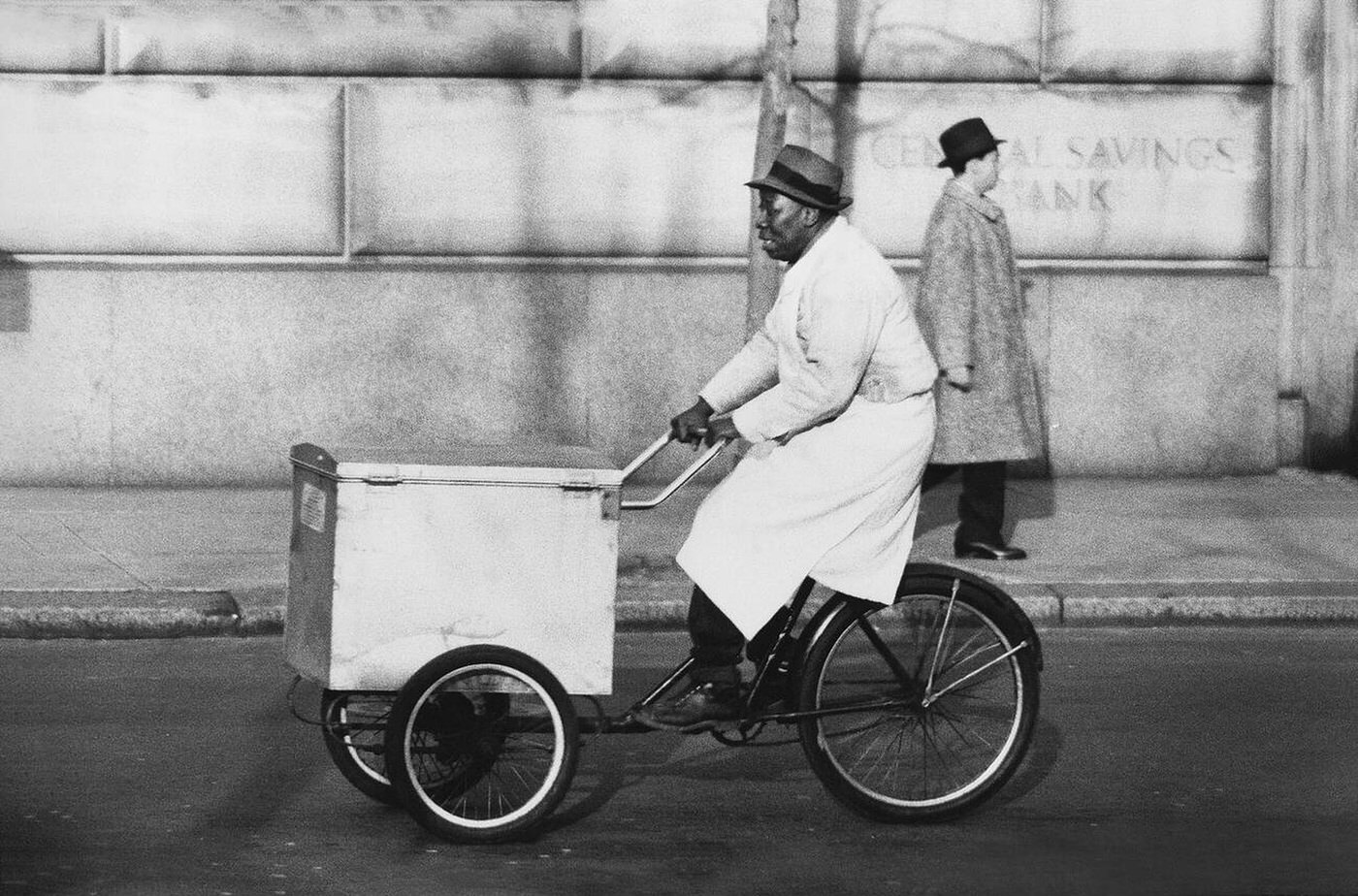
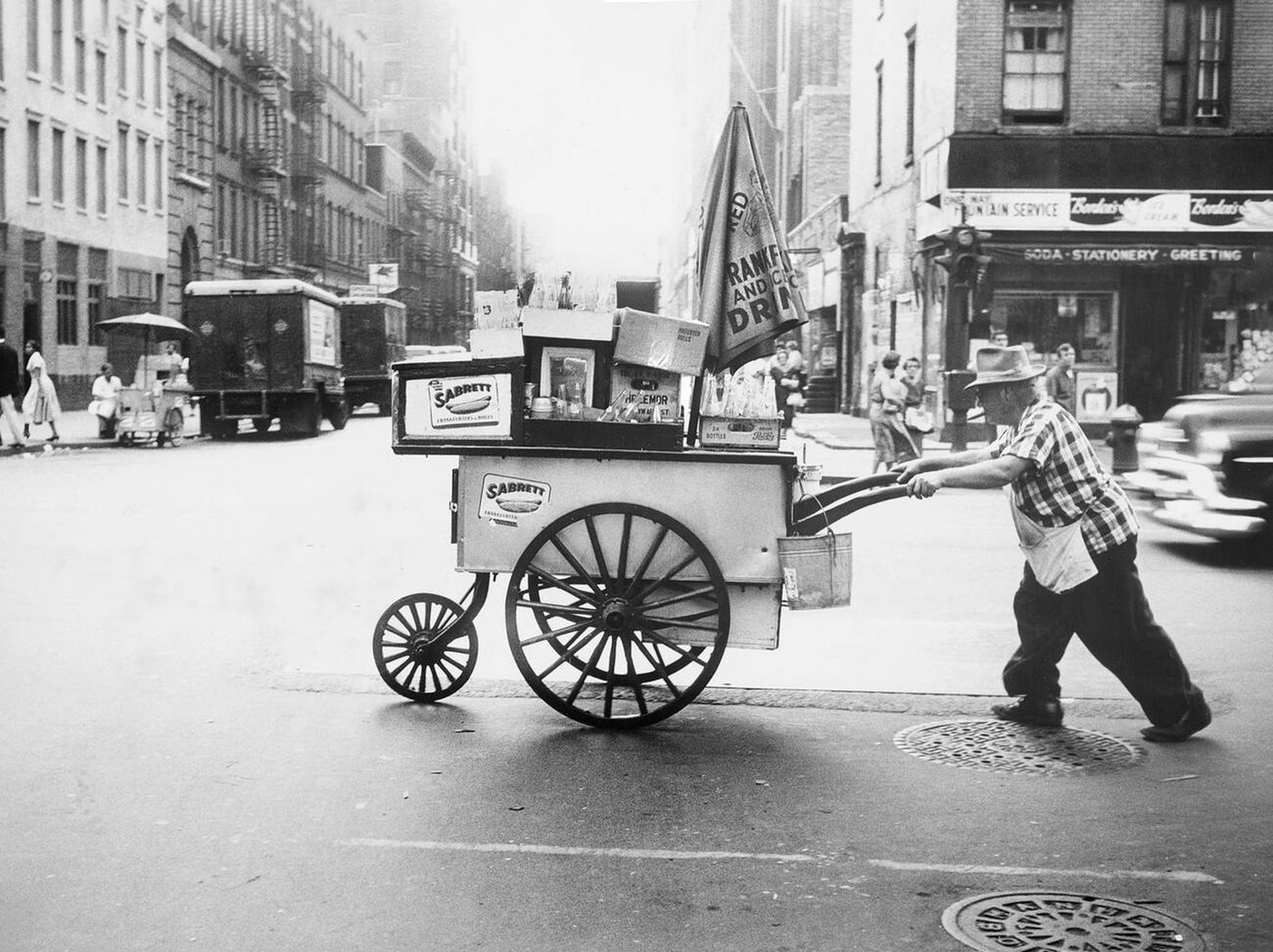

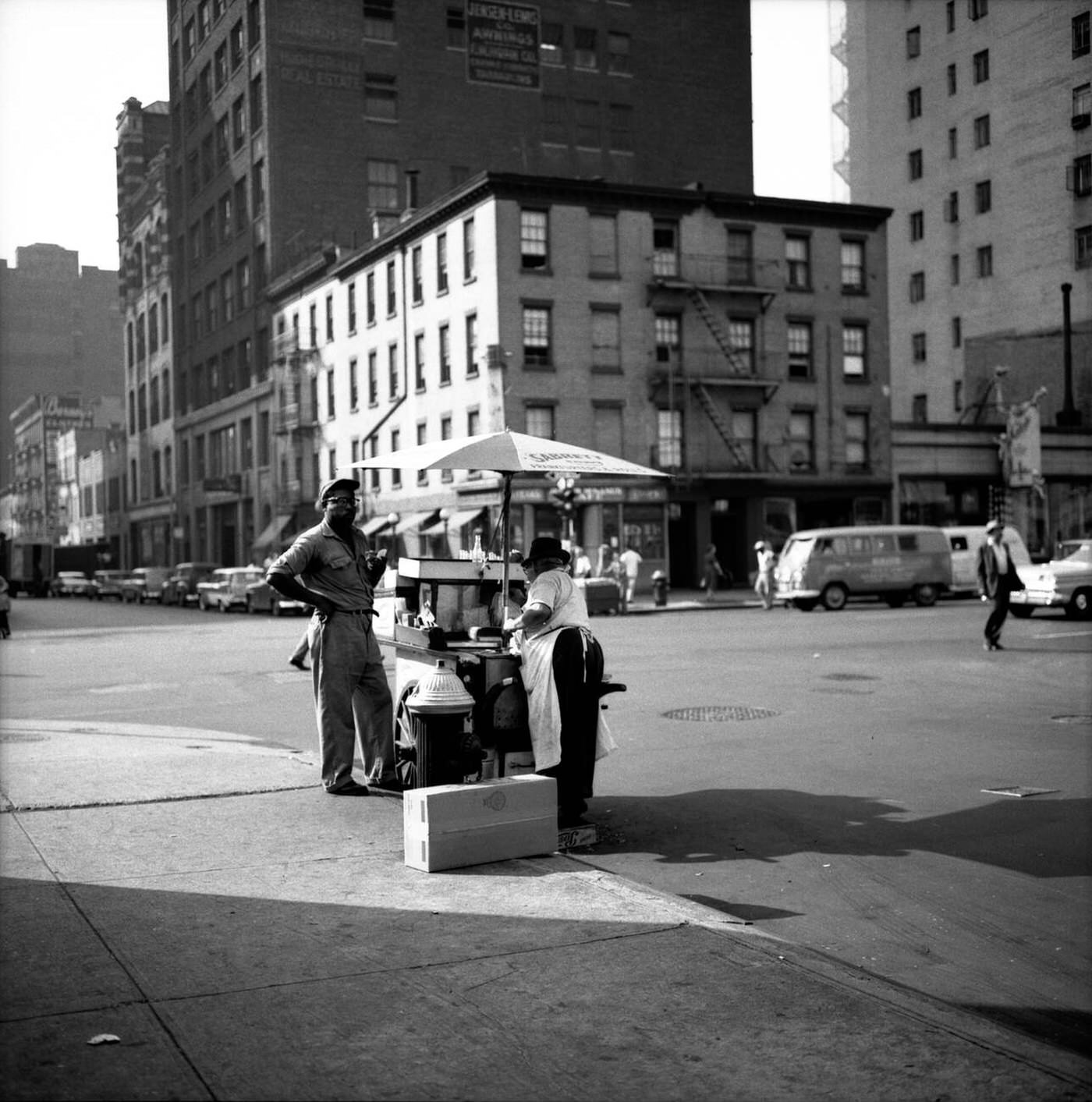
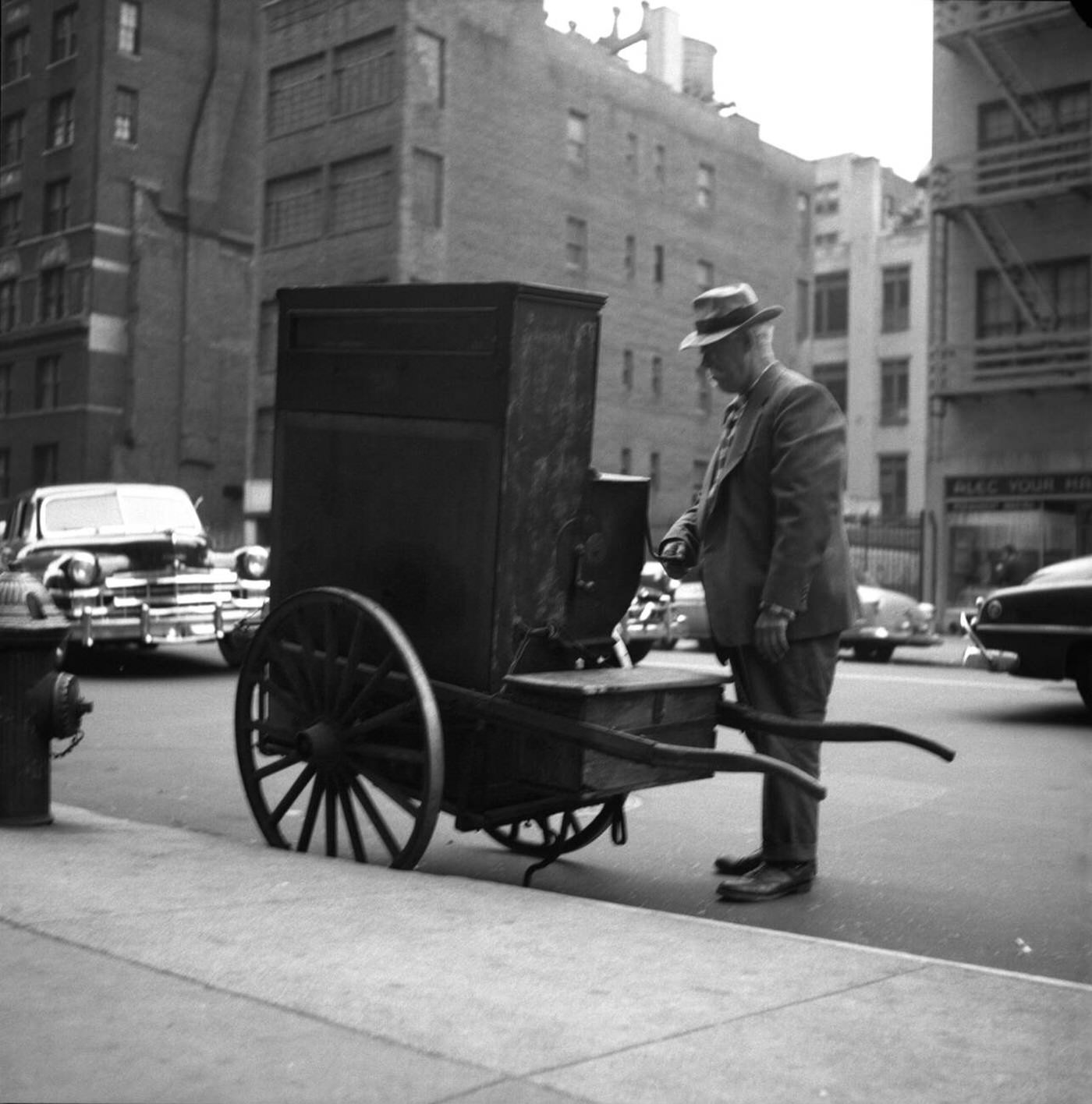
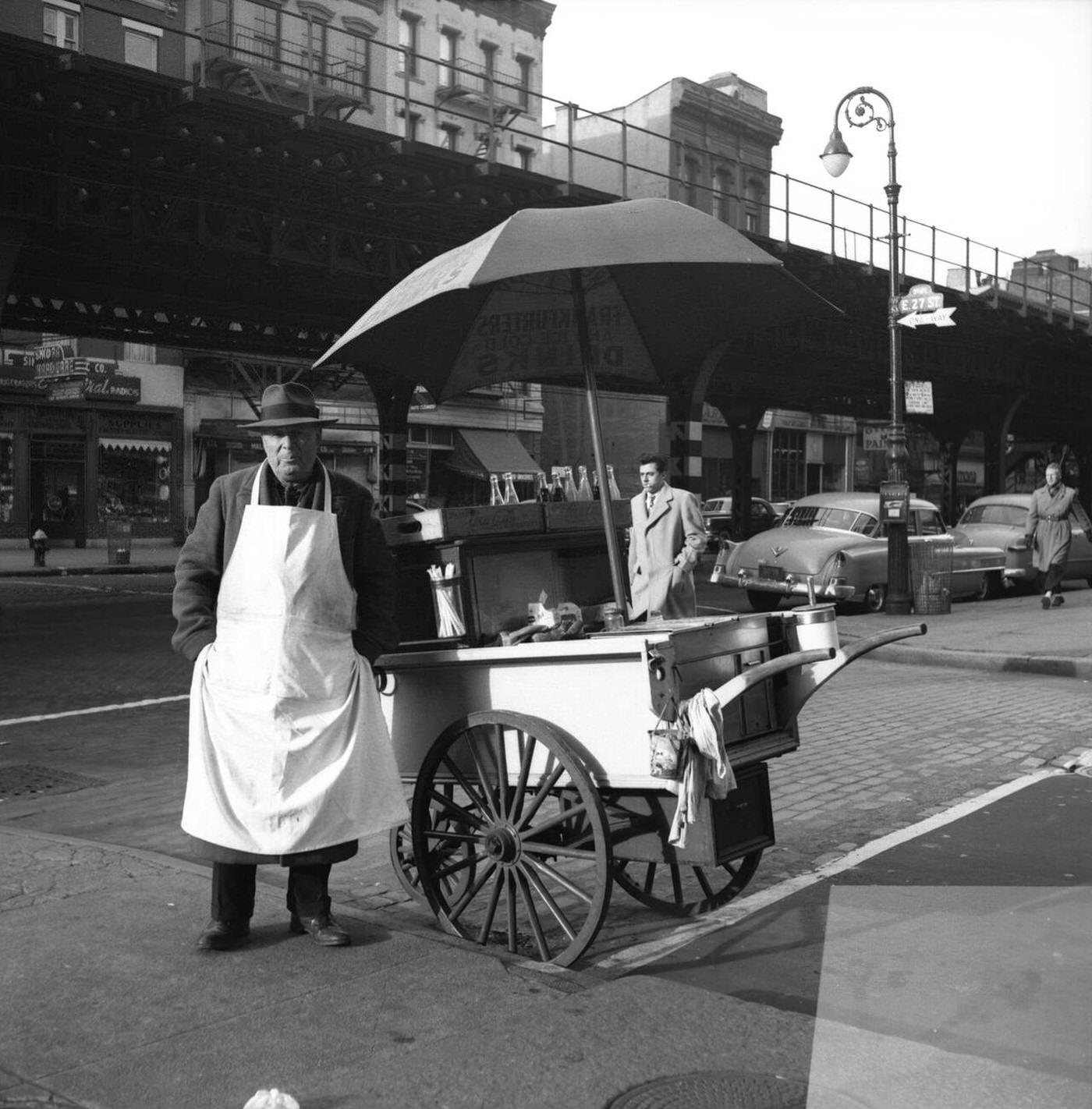
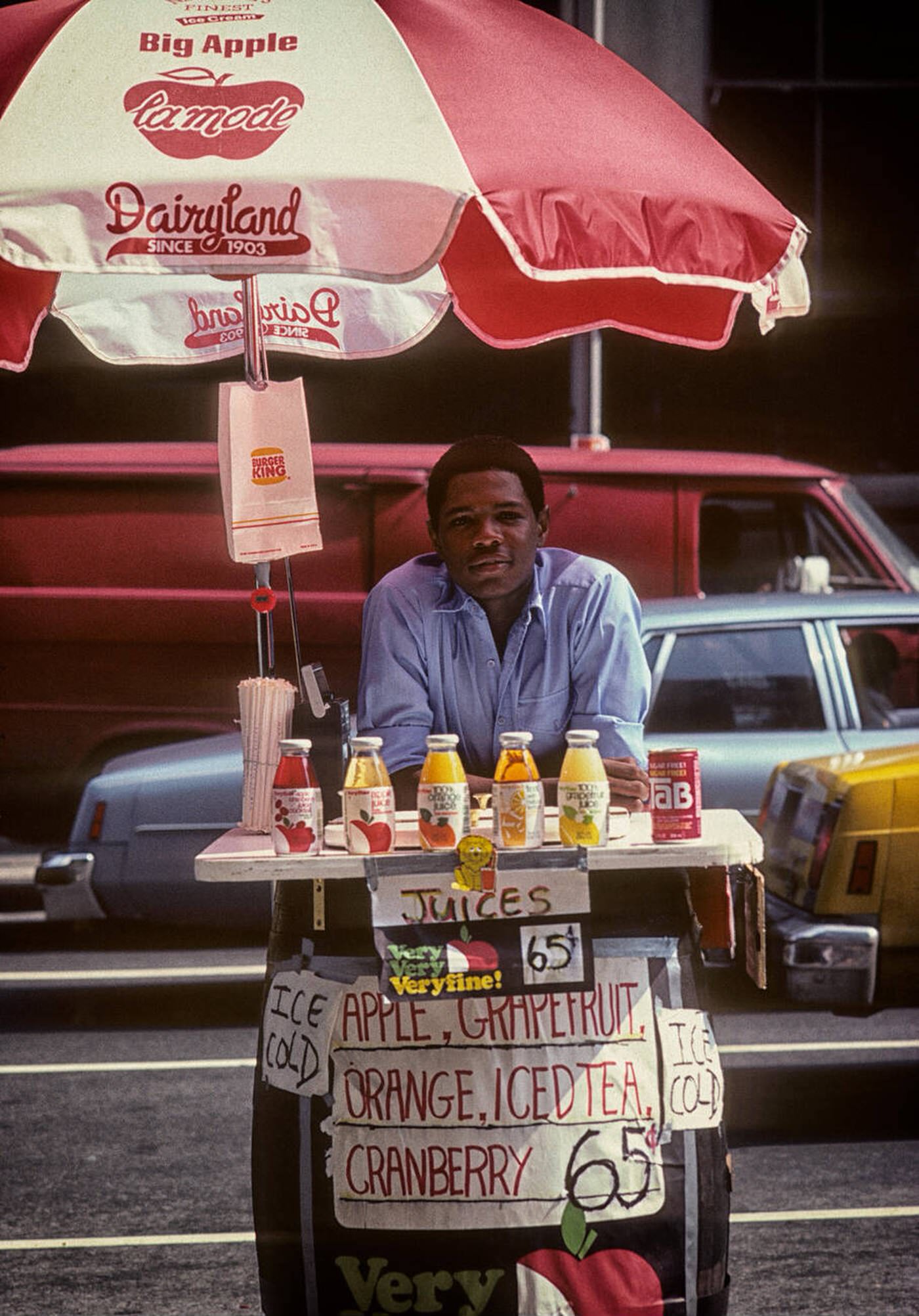
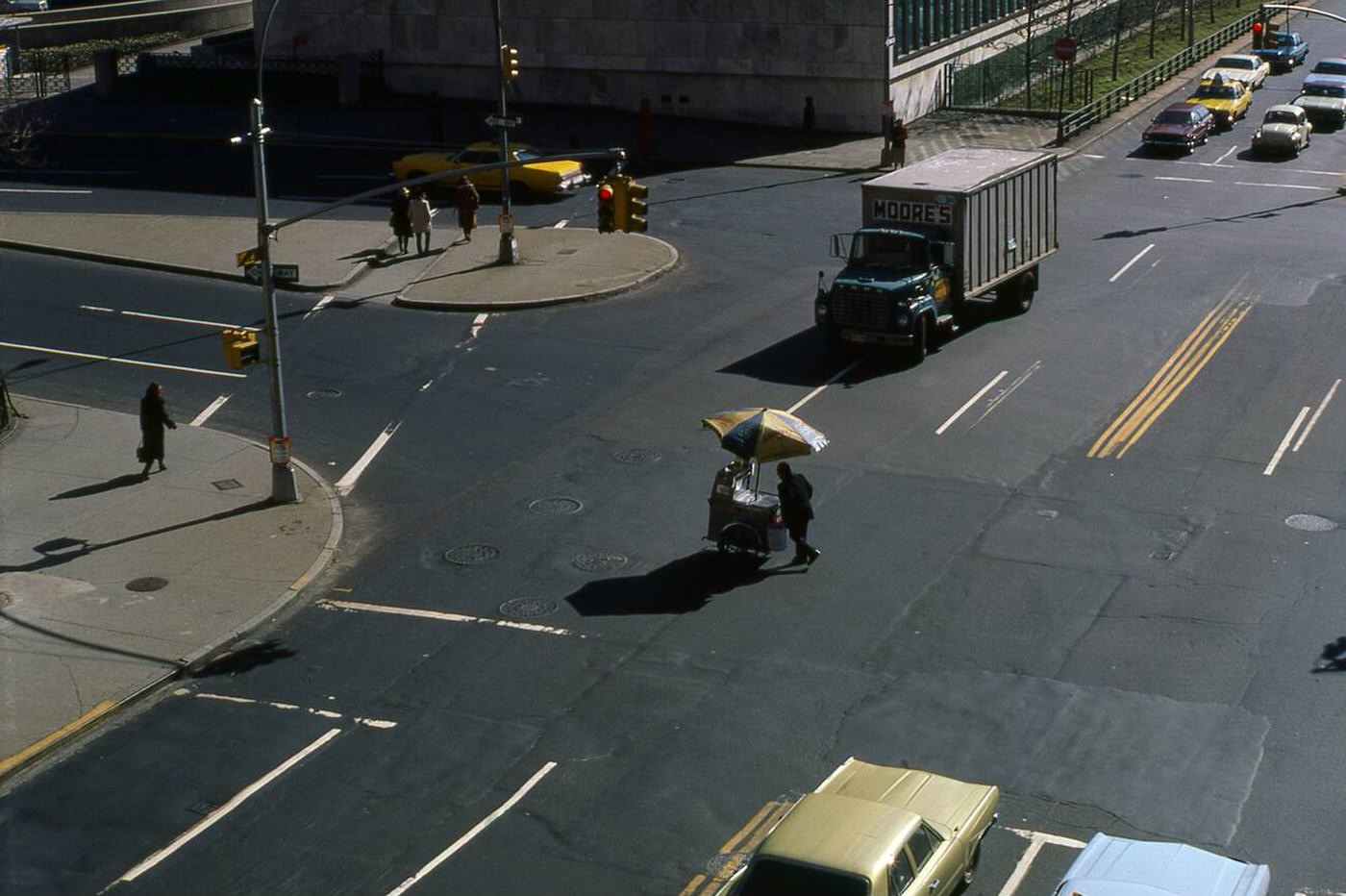
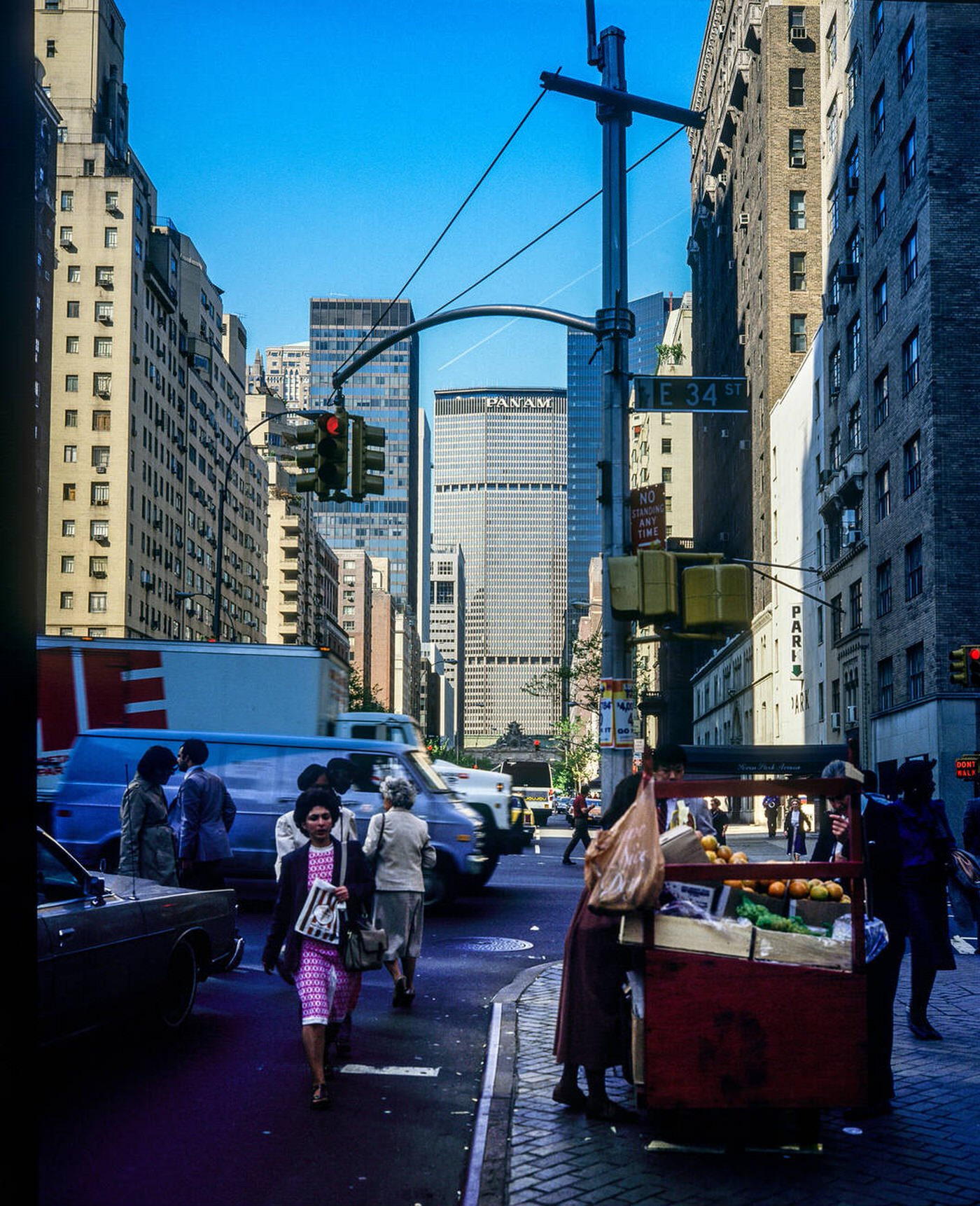

GIPHY App Key not set. Please check settings